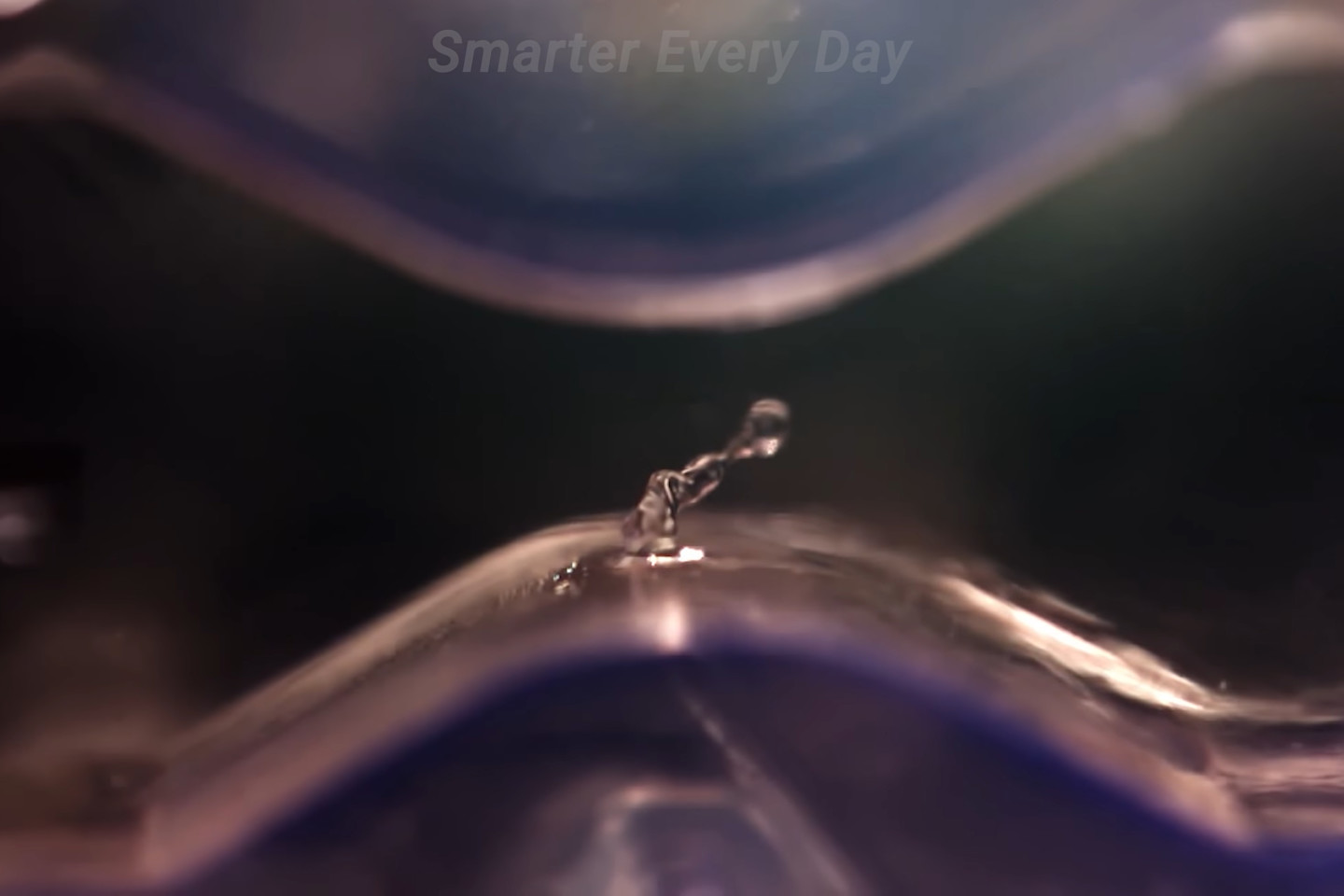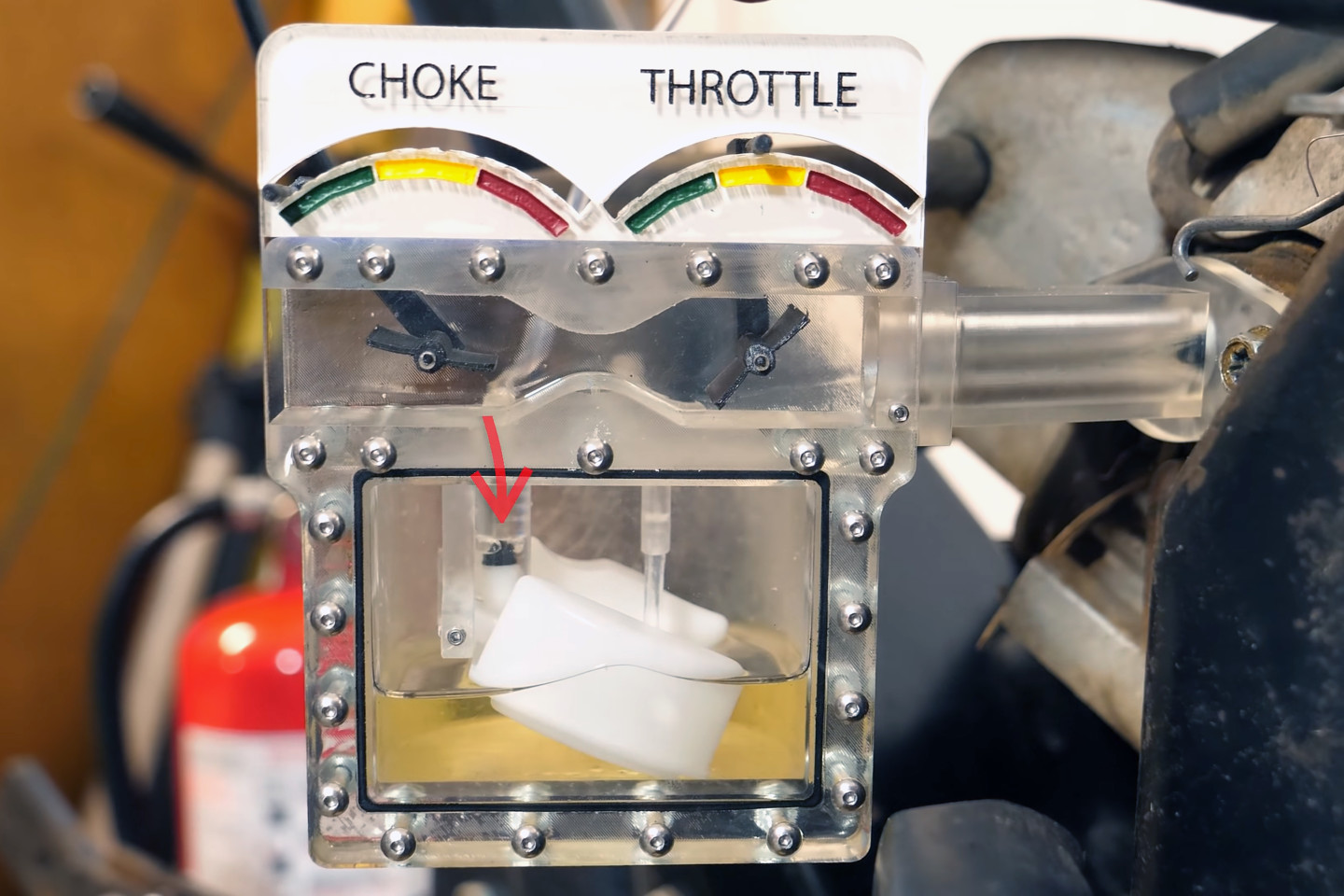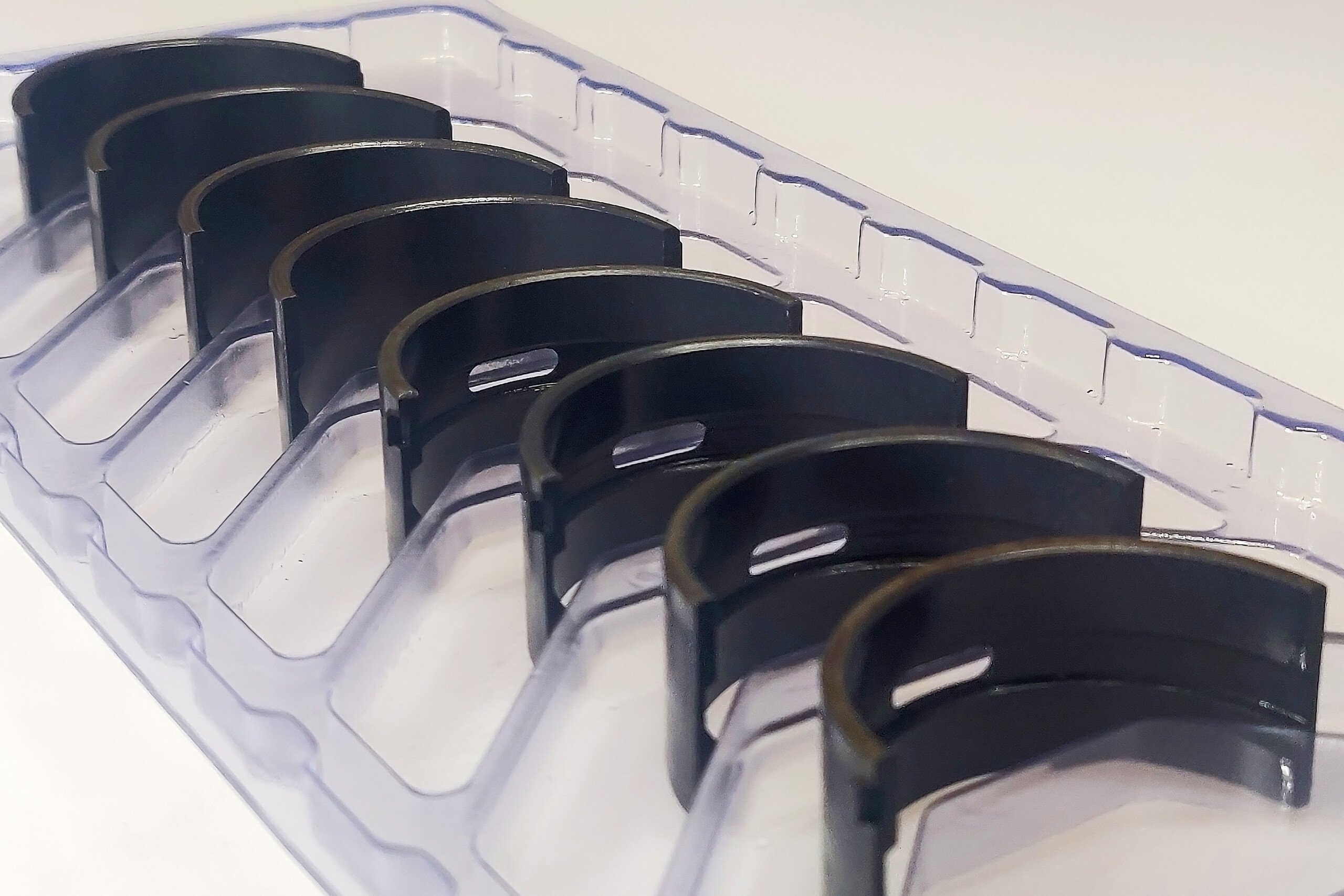Chances are, if you are reading this, you have at least a passing knowledge of what a carburetor is and how it works. Even you fancy yourself a carburetor expert, it would probably be worth your time to watch this video, both for its educational and entertainment value. It’s not often that an actual rocket scientists decides to dedicate his time and energy into explaining what is happening inside something as humble as a carburetor.
Destin Sandlin, a professional mechanical engineer, created the Smarter Every Day YouTube channel in order to present scientific concepts in easy to understand and visualize way. Most recently, he decided that he wanted to better understand carburetors. In his quest for understanding, he applied his skills as an engineer, videographer, student, and teacher in order to create this awesome video.
While this particular example is of a single-barrel small engine carburetor, the principles explained translate almost exactly (save for some additional features and complexity) to automotive carburetors. Once Sandlin gets a grasp on how a carburetor works (taking the viewer along on that journey), he proceeds to laser-3D-print a completely transparent — and completely functional — carburetor, and record how it works in high-speed video.

Here’s something you’ve probably never seen in this level of detail before. In the see-through carburetor’s venturi, you can see the fuel being drawn through the main jet by the high-speed, low-pressure air before getting atomized by the full vacuum of the intake stroke of the engine.
First, Sandlin does an amazing job of explaining the venturi effect and Bernoulli’s Principle. He then proceeds to explain how the Otto cycle works and affects the intake tract. While that might seem remedial, it’s an important base upon which to build, especially since his demonstration engine is a single-cylinder, and the four strokes come into play later in the experiment.
After a thorough explanation of how the see-through carb works, a fuel line is hooked up and several test runs are conducted. Once the first test run is completed, the high-speed video creates more questions for Sandlin. As his father stands by and answers his questions, the cameras are rearranged to capture different aspects of the carburetor’s function at upwards of 28,000 frames per second.
Things like reversion, turbulence, fuel atomization, and fuel cavitation are all explored in a level of detail we can practically guarantee you’ve never actually seen before. While the video alone borders on mesmerizing, it’s also interesting to see a professional engineer compare a carburetor to a rocket nozzle, as if the rocket engine was the simpler of the two.
As was said at the beginning of the article, it doesn’t matter what your skill level or familiarity is with the internal workings of carburetors. After watching this video, you’ll walk away with a better understanding, if not a greater overall appreciation for what happens inside the contraptions affectionately referred to as “calibrated leaks”.

While the see-through carburetor isn’t the most calibrated (or controllable) small engine carburetor ever designed, it does excel at allowing you to see what is actually happening in all stages of carburetor operation.



